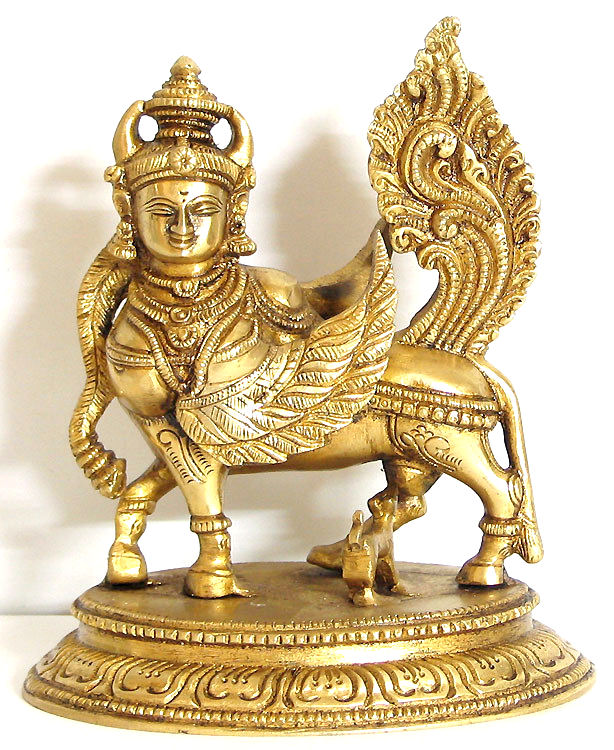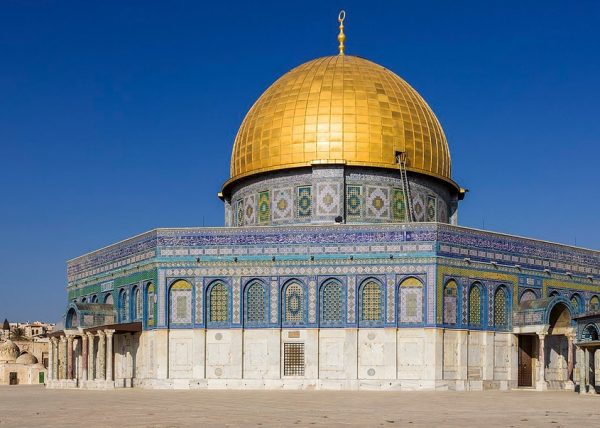Why do Muslims claim Jerusalem as their own?
See also: The Sacred City of Mecca: Have Muslims Got It Wrong?
Several times the Quran references those of Jewish heritage as the Children of Israel, even though Jerusalem in the seventh century was inhabited by Christians. Surah 17:104 repeats the Torah command for the Children of Israel to dwell in the land, and this is followed by the peace activists most quoted Islamic verses “for you is your religion, for me is my religion” (109:6).
So why are modern day Muslims so intent on claiming Jerusalem as their own?
Many modern Muslims claim that surah 17:1 claims Mohammad himself visited the furthest mosque in the middle of the night, which, they now claim, was in Jerusalem.
“Exalted is He who took His Servant by night from al-Masjid al-Haram to al-Masjid al- Aqsa, whose surroundings We have blessed, to show him of Our signs. Indeed, He is the Hearing, the Seeing.”
So how did the Prophet travel 1234 kilometers from Mecca to Jerusalem, and back, in the middle of the night? The “mosque” was obviously a Christian church, there was no record of any Saracen temples being erected until after the Saracen conquest decades after Mohammad’s death. While there are no further details in the Quran of this miraculous night visit, their evidence is found in the Sunnah, the recorded saying of their prophet.
So, all of today’s violence by Muslims trying to gain control of Jerusalem and surrounds is based on this evidence that Mohammad did in fact visit Jerusalem.
What does the Sunnah reveal? Sahih Muslim, the Book of Faith (Kitab Al-Iman), Hadith 138 records:
It is narrated on the authority of Anas b. Malik that the Messenger of Allah said:
I was brought al-Buraq Who is an animal white and long, larger than a donkey but smaller than a mule, who would place his hoof a distance equal to the range of version. I mounted it and came to the Temple (Bait Maqdis in Jerusalem), then tethered it to the ring used by the prophets. I entered the mosque and prayed two rak’ahs in it, and then came out and Gabriel brought me a vessel of wine and a vessel of milk….

Yes, todays fighting is because Mohammed rode a flying ass in the middle of the night.
Al-bruaq has a lot of parallels with Kamadhenu or Kamaduh, which is the sacred cow, who is regarded as the source of all prosperity in Hinduism. Kamadhenu is regarded as a form of Devi (the Hindu Divine Mother) and is closely related to the fertile Mother Earth (Prithvi), who is often described as a cow in Sanskrit. The sacred cow denotes “purity and non-erotic fertility, … sacrificing and motherly nature, [and] sustenance of human life”.
 The Goddess Kamadhenu – the wish-fulfilling Cow.
The Goddess Kamadhenu – the wish-fulfilling Cow.
This from the Hare Krishna site:
Muhammad the prophet rides Al-Bur?q into Heaven
Al-Bur?q (Arabic: ???????? al-Bur?q “lightning”) is a mythological steed, described as a creature from the heavens which transported the prophets. The most commonly told story is how in the 7th century, Al-Buraq carried the Islamic prophet Muhammad from Mecca to Jerusalem and back during the Isra and Mi’raj or “Night Journey”, which is the title of one of the chapters (sura), Al-Isra, of the Qur’an.

The Al-Buraq is described as a winged horse, a fabulous sphinxlike mythical steed, with a woman’s face, a mule’s body, and a peacock’s tail. The Burak has a woman’s face with dark hair and earrings in the ears. Muhammad is dressed in plain gown and has a small turban. The style of the picture shows the influence of Far East art.

An excerpt from a translation of Sahih al-Bukhari describes Al-Buraq:
“…Then a white animal which was smaller than a mule and bigger than a donkey was brought to me.” … “The animal’s step (was so wide that it) reached the farthest point within the reach of the animal’s sight. …” — Muhammad al-Bukhari, Sahih al-Bukhari.
Another description of the Buraq:
Then he [Gabriel] brought the Buraq, handsome-faced and bridled, a tall, white beast, bigger than the donkey but smaller than the mule. He could place his hooves at the farthest boundary of his gaze. He had long ears. Whenever he faced a mountain his hind legs would extend, and whenever he went downhill his front legs would extend. He had two wings on his thighs which lent strength to his legs.
I was brought by the Buraq, which is an animal white and long, larger than a donkey but smaller than a mule, who would place its hoof at a distance equal to the range of vision.

The mythological creature called the Buraq or Al-Buraq is mostly found in the mythology of the Islamic tradition and is mentioned in the Qur’an. There are many variations of the name, Al-Buraq based on the dialect and the pronunciation and region in which the story is being told.
Al Buraq is an angelic being with the body of a horse, the head of a woman, and a peacock’s tail, who carried the Prophet Muhammad, on the Miraj, the Night Journey through the Seven Heavens to Jerusalem and got him back in the same night. According to Islam, the Night Journey took place 12 years after Muhammad became a prophet, during the 7th century.

The Al-Buraq is a mythical creature of transportation. It is described as white in color and the size between a donkey and a mule. It is to have the face of a woman and the wings of an eagle, as well as the tail of a peacock. The symbolism of the horse-like body and the eagle wings implies rapid movement and the ability to carry a passenger. The movement of one step is said to be equivalent to the distance of the vision of the creature. So not only can it carry a passenger on its equine body, but can move quickly due to the large wings on the sides of its body. This intensely rapid movement could also be attributed to the name. In the Arabic language the word of Al-Buraq, is al-buraaq, which in English means lightening (buraq).



